Home>Gardening & Outdoor>Landscaping Ideas>What Does Goose Grass Look Like
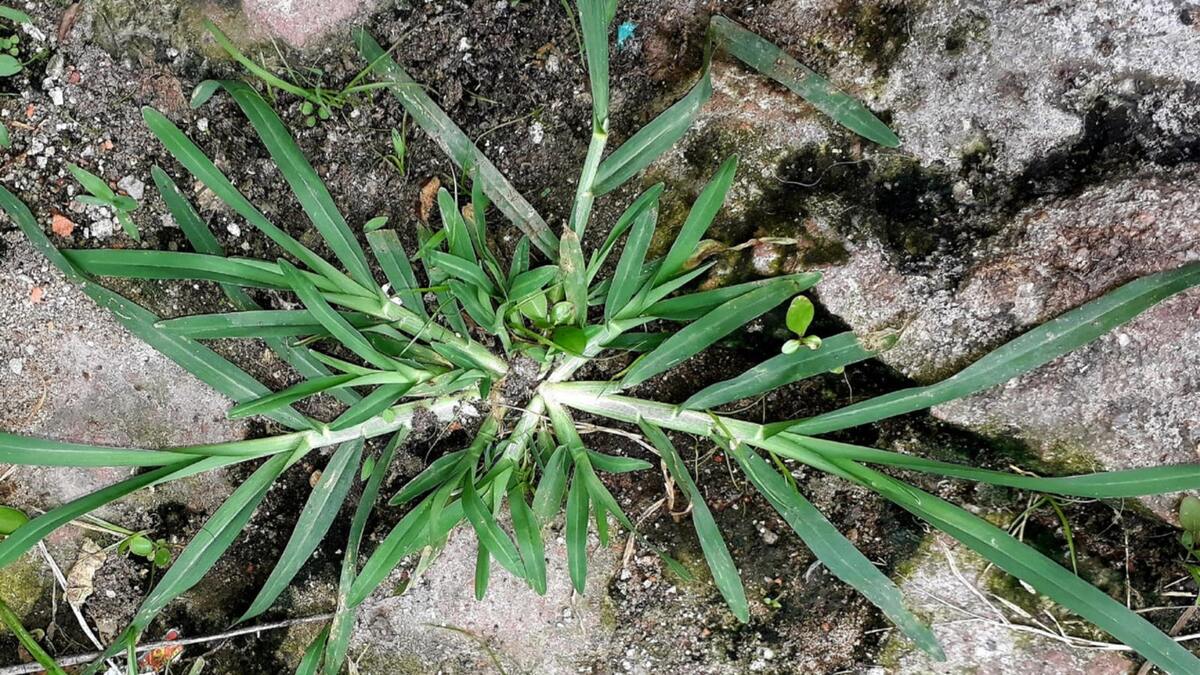

Landscaping Ideas
What Does Goose Grass Look Like
Modified: April 1, 2024
Discover what goose grass looks like and get landscaping ideas to control and prevent it. Enhance your outdoor space with effective strategies.
(Many of the links in this article redirect to a specific reviewed product. Your purchase of these products through affiliate links helps to generate commission for Storables.com, at no extra cost. Learn more)
Characteristics of Goose Grass
Goose grass, scientifically known as Eleusine indica, is a widespread annual grass that is often considered a weed due to its rapid growth and ability to thrive in various environments. This resilient plant exhibits several distinctive characteristics that set it apart from other grass species.
-
Appearance: Goose grass typically features slender, wiry stems that can reach up to 2 feet in height. The stems are often prostrate or ascending, forming dense mats in areas with favorable growing conditions. The leaves of goose grass are long and narrow, with a prominent midrib and rough texture. They are arranged alternately along the stem, giving the plant a distinctive appearance.
-
Seedheads: One of the most recognizable features of goose grass is its seedheads, which resemble a cluster of fingers extending from the main stem. These seedheads can vary in color from green to purplish-brown and are composed of numerous spikelets, each containing seeds. The arrangement of the seedheads gives goose grass a unique and somewhat untidy appearance.
-
Root System: Goose grass develops a fibrous root system that enables it to anchor firmly in the soil and efficiently absorb water and nutrients. This robust root network contributes to the plant's ability to compete with desirable vegetation in its surroundings.
-
Adaptability: Goose grass is known for its adaptability to diverse habitats, thriving in both disturbed and undisturbed areas. It can be found in lawns, gardens, agricultural fields, roadsides, and other open spaces. Its ability to grow vigorously in compacted soils and tolerate a wide range of environmental conditions makes it a resilient and persistent presence in many landscapes.
-
Growth Rate: This weed exhibits rapid growth, quickly colonizing open areas and outcompeting other plants for resources. Its aggressive growth rate allows it to establish dense populations, particularly in areas with minimal competition from desirable vegetation.
-
Texture and Feel: When touched, goose grass leaves and stems have a coarse texture, often feeling rough to the touch. This tactile characteristic, combined with its wiry appearance, distinguishes goose grass from other grass species commonly found in similar habitats.
Understanding the characteristics of goose grass is essential for effective management and control, especially in landscaping and agricultural settings. By recognizing its unique features, individuals can implement targeted strategies to mitigate its impact and maintain the health and aesthetics of the surrounding vegetation.
Key Takeaways:
- Goose grass, also known as Eleusine indica, is a resilient weed with wiry stems, distinctive seedheads, and a rough texture. It thrives in diverse environments, making it important to recognize and manage in landscaping and agriculture.
- Goose grass, despite being considered a weed, has potential uses such as soil stabilization, livestock forage, traditional medicine, soil improvement, and biodiversity support. Understanding its diverse roles can lead to innovative and sustainable utilization in various landscapes.
Read more: What Does Crabgrass Look Like
Habitat and Distribution
Goose grass, also known as Eleusine indica, is a highly adaptable annual grass that thrives in a wide range of habitats and is distributed across various geographic regions. This resilient plant can be found in both urban and rural landscapes, displaying remarkable versatility in its ability to colonize diverse environments.
Urban Environments
In urban settings, goose grass often takes advantage of disturbed areas such as sidewalks, parking lots, and construction sites. Its ability to thrive in compacted soils and tolerate environmental stressors makes it a common sight in urban landscapes. Additionally, the plant's rapid growth and prolific seed production contribute to its widespread presence in these areas.
Agricultural Land
In agricultural settings, goose grass competes with crops for resources, posing a challenge to farmers. Its adaptability to different soil types and climates allows it to establish itself in agricultural fields, where it can hinder the growth of desirable crops. The presence of goose grass in agricultural land necessitates effective management strategies to minimize its impact on crop productivity.
Open Spaces
Goose grass is also prevalent in open spaces such as parks, playgrounds, and recreational areas. Its ability to thrive in areas with minimal maintenance and disturbance makes it a common component of naturalized landscapes. The plant's resilience and capacity to spread rapidly enable it to establish dense populations in open spaces, altering the composition of native vegetation.
Read more: What Does Grass Allergy Look Like
Global Distribution
Eleusine indica exhibits a global distribution, being found in various regions across the world. It is particularly widespread in tropical and subtropical climates, where favorable conditions support its vigorous growth. From the Americas to Asia, Africa, and Australia, goose grass has established itself as a ubiquitous presence in diverse ecosystems.
Ecological Impact
The widespread distribution of goose grass has ecological implications, as it can outcompete native vegetation and alter ecosystem dynamics. Its ability to thrive in diverse habitats and adapt to changing environmental conditions underscores the need for proactive management to mitigate its impact on biodiversity and ecosystem stability.
Understanding the habitat and distribution of goose grass is crucial for implementing targeted management strategies and minimizing its disruptive influence on urban, agricultural, and natural landscapes. By recognizing the plant's adaptability and global presence, individuals and organizations can develop effective approaches to control its spread and preserve the integrity of diverse ecosystems.
Identification Features
Identifying goose grass, scientifically referred to as Eleusine indica, involves recognizing several distinctive features that set this annual grass apart from other plant species. Understanding these identification features is essential for effective management and control, particularly in landscaping, agricultural, and natural ecosystems.
Morphological Characteristics
One of the key identification features of goose grass is its morphology. The plant typically exhibits slender, wiry stems that can reach heights of up to 2 feet. These stems often sprawl or ascend, forming dense mats in favorable growing conditions. The leaves of goose grass are long and narrow, featuring a prominent midrib and a rough texture. Their alternate arrangement along the stem contributes to the plant's unique appearance, making it distinguishable from other grass species commonly found in similar habitats.
Read more: What Does Grass Hay Look Like
Seedheads
The seedheads of goose grass are particularly distinctive, resembling a cluster of fingers extending from the main stem. These seedheads can vary in color from green to purplish-brown and are composed of numerous spikelets, each containing seeds. The arrangement of the seedheads gives goose grass a unique and somewhat untidy appearance, aiding in its recognition and differentiation from surrounding vegetation.
Root System
Another important feature for identifying goose grass is its root system. The plant develops a fibrous root network that facilitates firm anchoring in the soil and efficient absorption of water and nutrients. This robust root system contributes to the plant's ability to compete with desirable vegetation in its surroundings, making it a resilient and persistent presence in many landscapes.
Texture and Feel
When touched, goose grass leaves and stems have a coarse texture, often feeling rough to the touch. This tactile characteristic, combined with its wiry appearance, distinguishes goose grass from other grass species commonly found in similar habitats. The unique texture and feel of the plant's foliage provide valuable cues for accurate identification in diverse environments.
Overall Appearance
In summary, the identification features of goose grass encompass its morphological characteristics, distinctive seedheads, robust root system, and unique texture and feel. By familiarizing themselves with these features, individuals can effectively distinguish goose grass from other plant species, enabling targeted management and control measures to be implemented in various landscapes.
Understanding the identification features of goose grass is crucial for accurate recognition and informed decision-making in landscaping, agriculture, and conservation efforts. By honing the ability to identify this resilient plant, individuals and organizations can enhance their capacity to manage its presence and preserve the integrity of diverse ecosystems.
Read more: What Does Alfalfa Grass Look Like
Life Cycle and Growth Pattern
Goose grass, scientifically known as Eleusine indica, follows a distinct life cycle and growth pattern that contributes to its resilience and widespread presence in various landscapes. Understanding the stages of its life cycle and the patterns of growth is essential for effective management and control of this annual grass.
Germination and Establishment
The life cycle of goose grass begins with the germination of its seeds, which occurs in response to favorable environmental conditions. The seeds can remain dormant in the soil for extended periods, awaiting suitable moisture and temperature levels to trigger germination. Once the conditions are conducive, the seeds sprout, giving rise to young seedlings that establish themselves in the surrounding soil. This initial stage of germination and establishment sets the foundation for the plant's subsequent growth and development.
Vegetative Growth
Following germination, goose grass undergoes vigorous vegetative growth, characterized by the proliferation of its slender stems and elongation of its narrow leaves. The plant exhibits a prostrate or ascending growth habit, forming dense mats in areas with favorable growing conditions. Its ability to rapidly colonize open spaces and outcompete other vegetation is attributed to its robust vegetative growth, enabling it to establish dense populations and assert its presence in diverse habitats.
Reproductive Phase
As goose grass matures, it enters the reproductive phase, marked by the development of distinctive seedheads. These seedheads, resembling a cluster of fingers extending from the main stem, contain numerous spikelets, each housing seeds for future propagation. The plant's prolific seed production contributes to its ability to spread rapidly and establish new populations, perpetuating its presence in landscapes and posing challenges for effective control and management.
Read more: What Does Johnson Grass Look Like
Growth Pattern
The growth pattern of goose grass is characterized by its rapid and aggressive expansion in favorable environments. The plant exhibits resilience in the face of environmental stressors and can thrive in both disturbed and undisturbed areas. Its adaptability to diverse habitats, including urban landscapes, agricultural fields, and open spaces, underscores its capacity to colonize a wide range of ecosystems. Additionally, goose grass demonstrates a preference for compacted soils and can tolerate a variety of environmental conditions, allowing it to persist and proliferate in challenging settings.
Life Cycle Continuation
The completion of the life cycle results in the dispersal of seeds, ensuring the continuation of the plant's presence in the landscape. The dispersed seeds remain viable in the soil, poised to germinate and initiate new life cycles, perpetuating the persistent nature of goose grass in various ecosystems.
Understanding the life cycle and growth pattern of goose grass provides valuable insights for implementing targeted management strategies and control measures. By recognizing the stages of its development and the patterns of its growth, individuals and organizations can enhance their ability to mitigate the impact of this resilient annual grass and preserve the health and diversity of landscapes.
Importance and Uses
Goose grass, despite being commonly perceived as a weed due to its prolific growth and competitive nature, holds significance in various contexts and exhibits potential uses that warrant attention. Understanding the importance and potential applications of this resilient annual grass can provide valuable insights into leveraging its attributes for beneficial purposes.
Ecological Role
In natural ecosystems, goose grass plays a role in soil stabilization and erosion control. Its robust root system helps prevent soil erosion, particularly in disturbed areas where vegetation cover may be limited. Additionally, the plant's ability to thrive in diverse habitats contributes to its ecological significance, as it becomes integrated into the intricate web of interactions within ecosystems.
Read more: What Does Kikuyu Grass Look Like
Livestock Forage
While goose grass is often considered a nuisance in agricultural settings, it can serve as a source of forage for livestock in certain circumstances. The plant's foliage, though coarse in texture, can provide grazing opportunities for animals, especially in areas where other forage options may be limited. By recognizing its potential as a supplementary forage resource, goose grass can contribute to supporting livestock nutrition in specific agricultural contexts.
Traditional Medicine
In some cultures, goose grass has been utilized for its purported medicinal properties. The plant has been traditionally employed in herbal remedies for various ailments, including digestive issues and skin conditions. While further scientific research is necessary to validate its medicinal efficacy, the historical use of goose grass in traditional medicine highlights its cultural significance and potential as a source of bioactive compounds.
Soil Improvement
The deep-rooting nature of goose grass enables it to access nutrients and moisture from deeper soil layers, contributing to soil improvement through nutrient cycling and enhanced soil structure. In agricultural and horticultural practices, the incorporation of goose grass into soil management strategies can potentially aid in soil conditioning and fertility enhancement, particularly in degraded or compacted soils.
Biodiversity Support
In urban and suburban landscapes, the presence of goose grass, when managed appropriately, can contribute to supporting biodiversity by providing habitat and food sources for various small organisms. Its ability to thrive in diverse environments and adapt to urban settings underscores its potential to contribute to urban biodiversity conservation efforts when integrated into sustainable landscaping practices.
By recognizing the importance and potential uses of goose grass beyond its reputation as a weed, individuals and organizations can explore innovative approaches to leverage its attributes for ecological, agricultural, and cultural benefits. Embracing a holistic perspective on the role of this resilient annual grass can lead to the discovery of untapped opportunities for sustainable utilization and conservation within diverse landscapes.
Frequently Asked Questions about What Does Goose Grass Look Like
Was this page helpful?
At Storables.com, we guarantee accurate and reliable information. Our content, validated by Expert Board Contributors, is crafted following stringent Editorial Policies. We're committed to providing you with well-researched, expert-backed insights for all your informational needs.
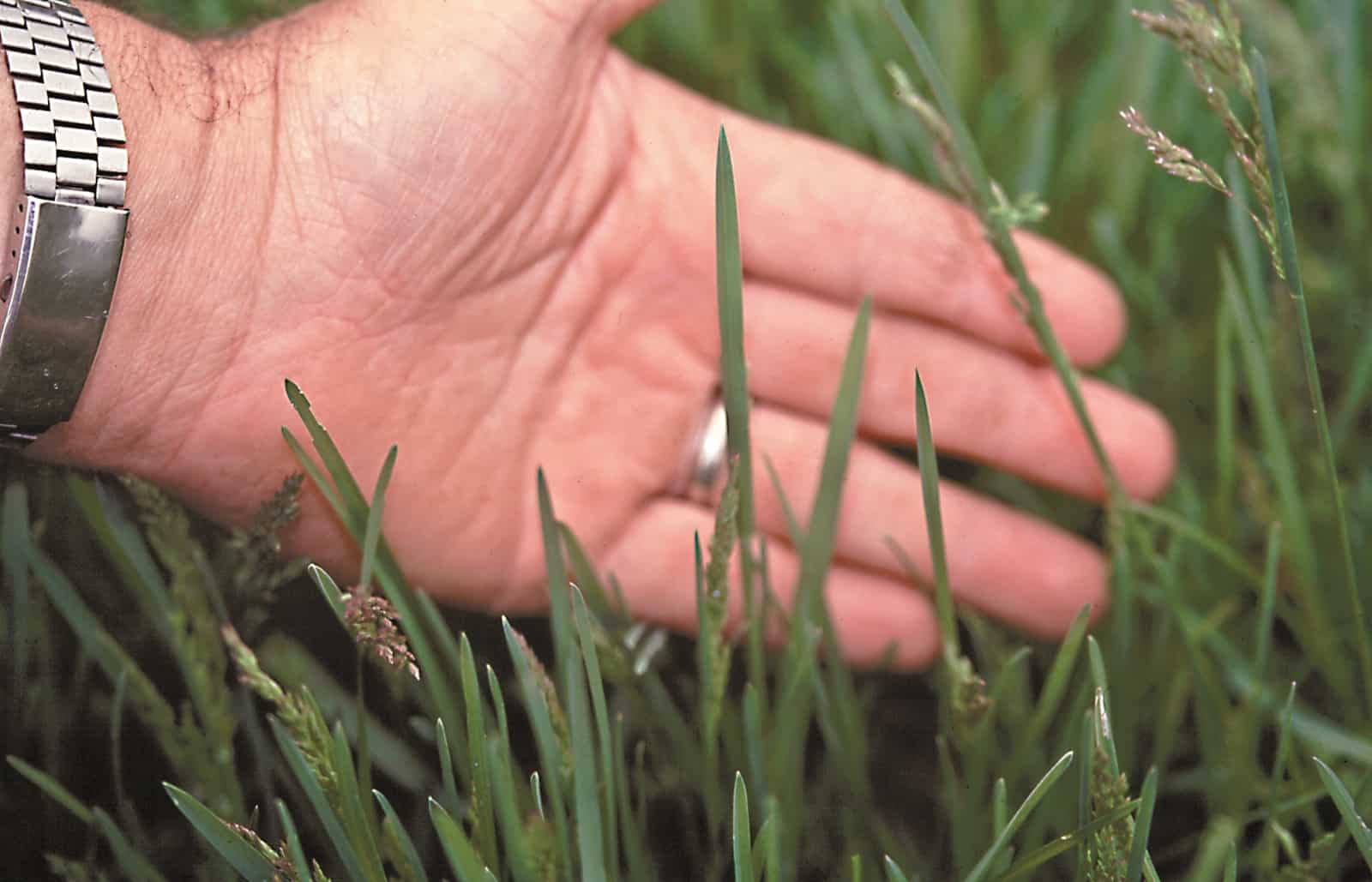
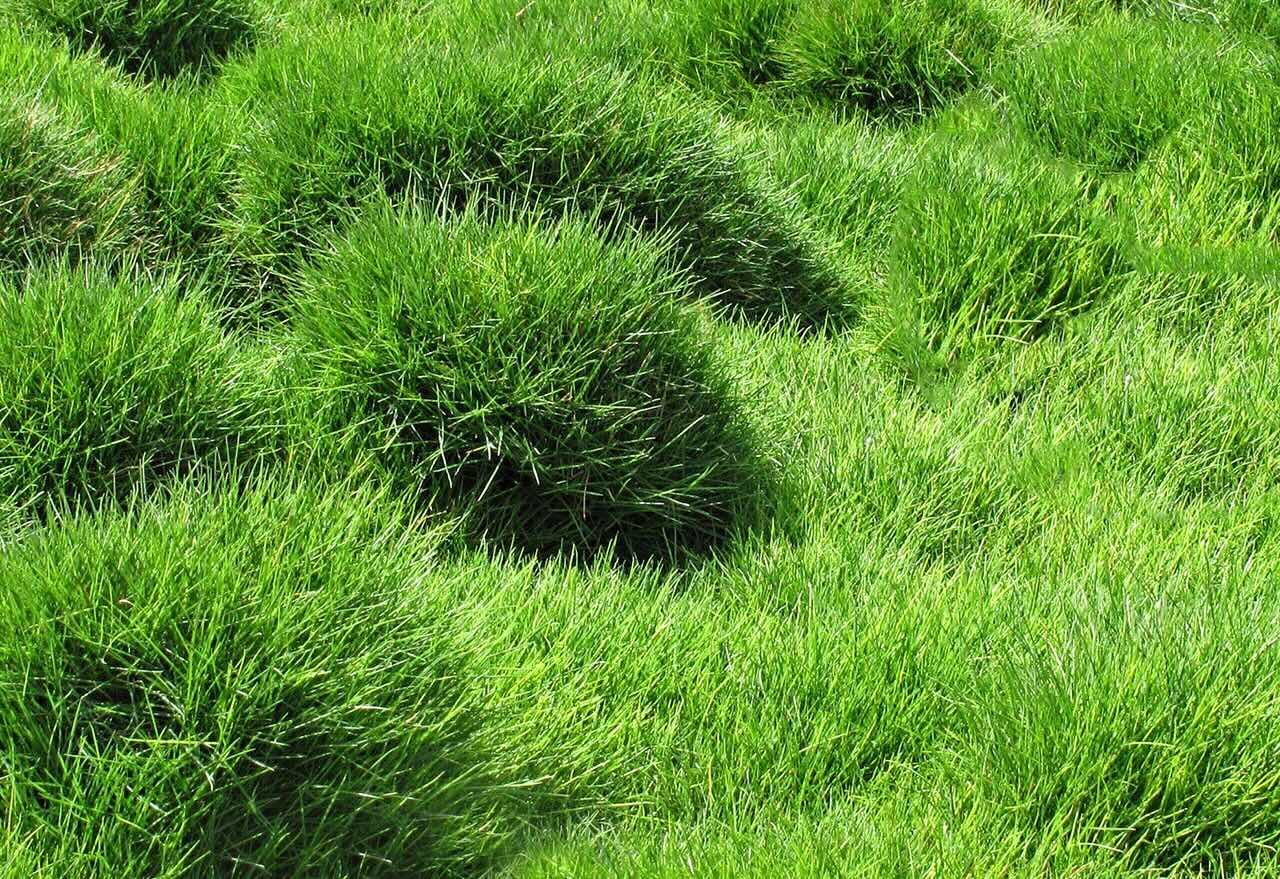
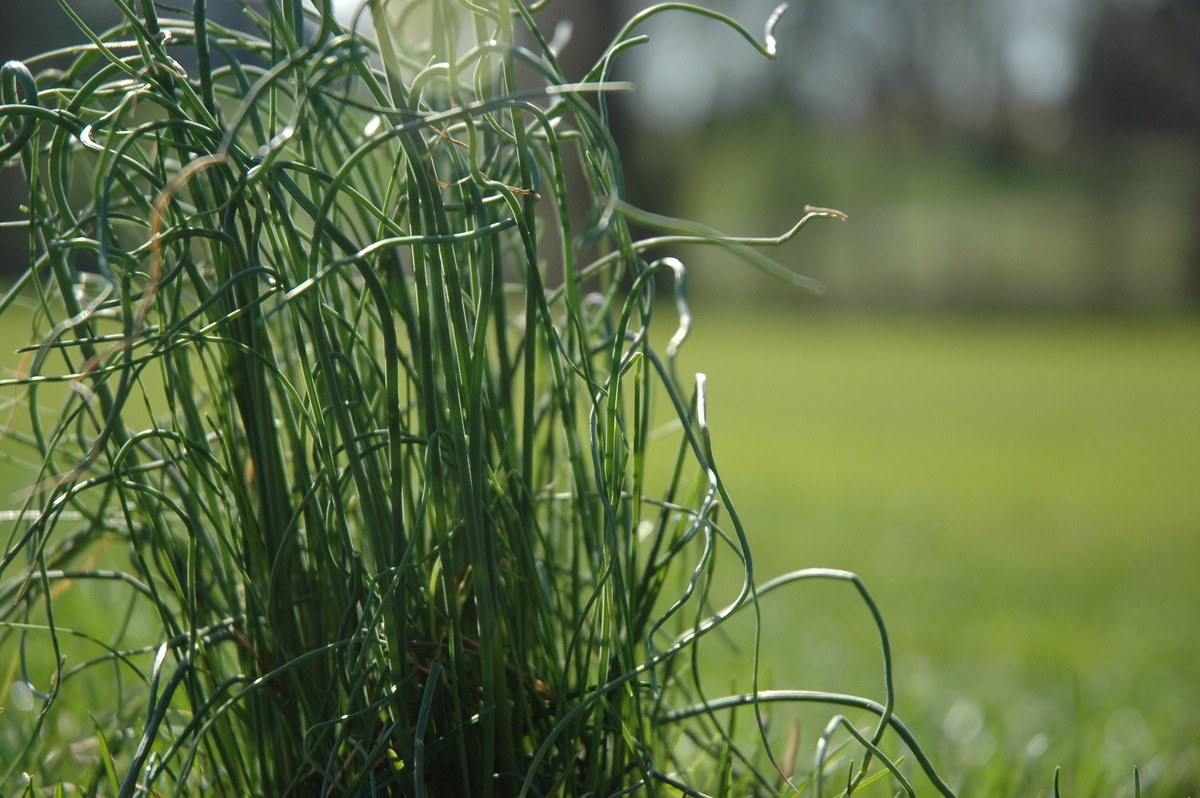
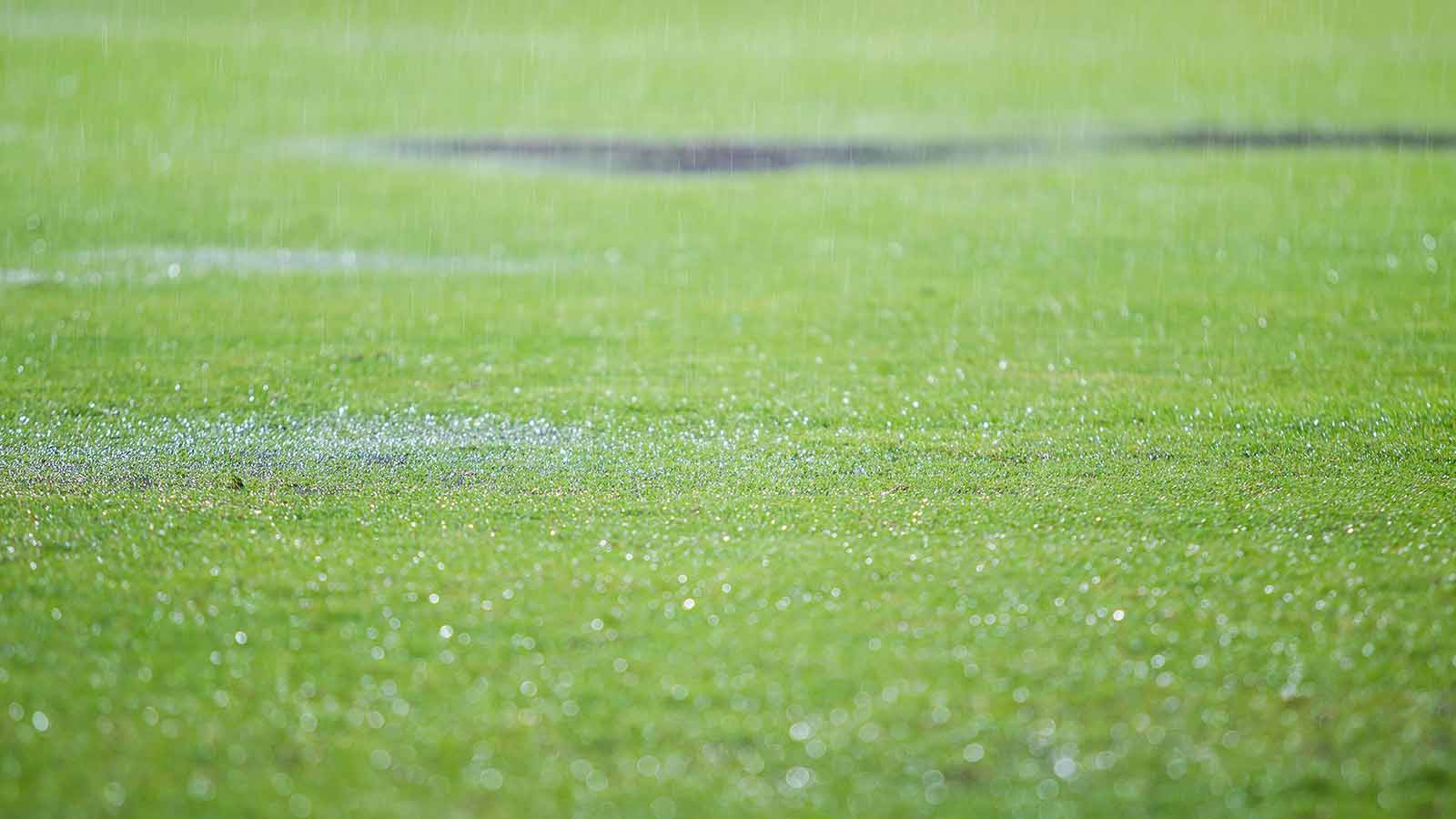
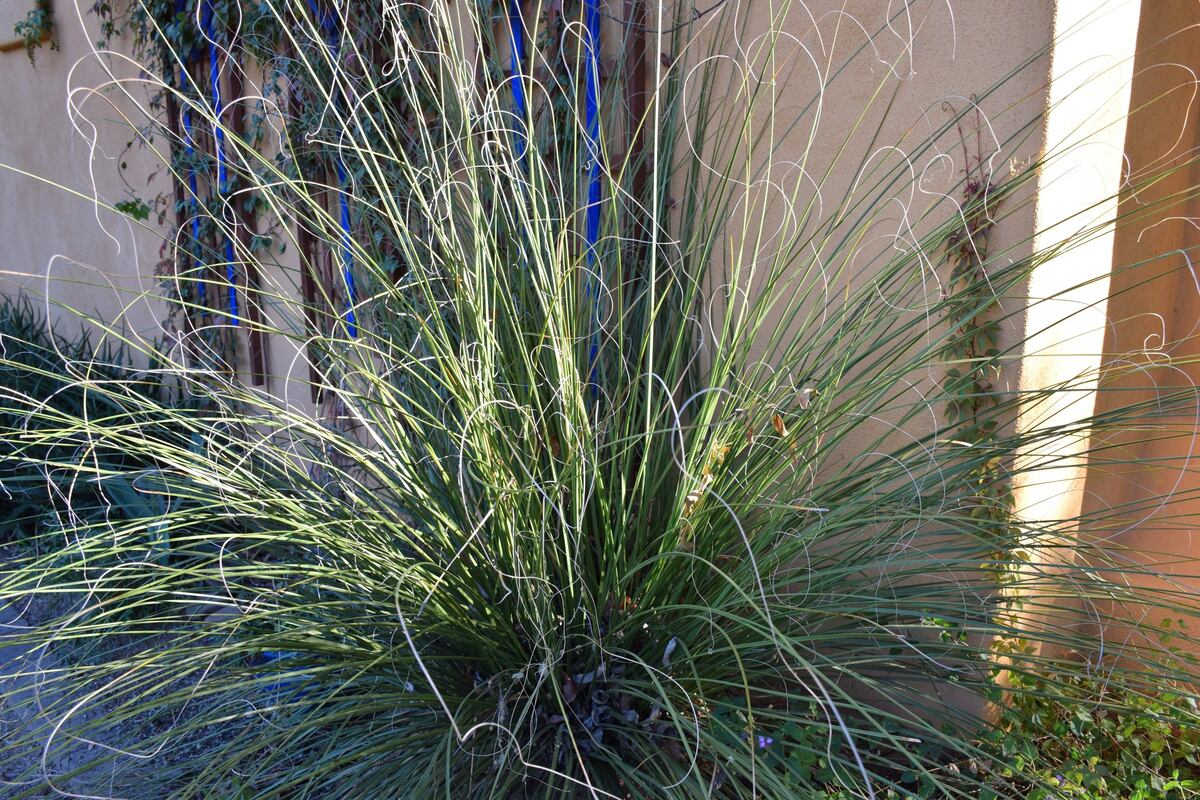
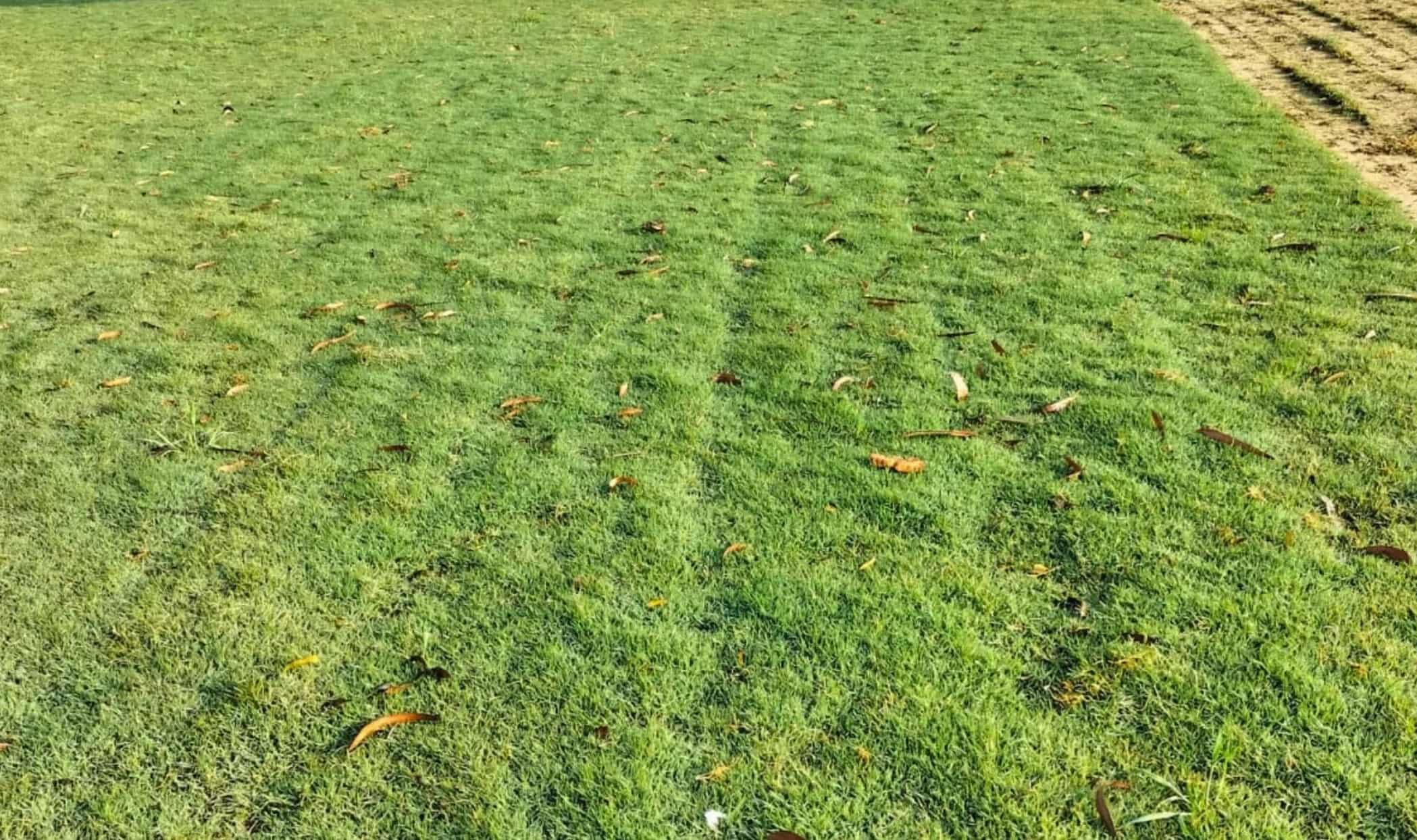
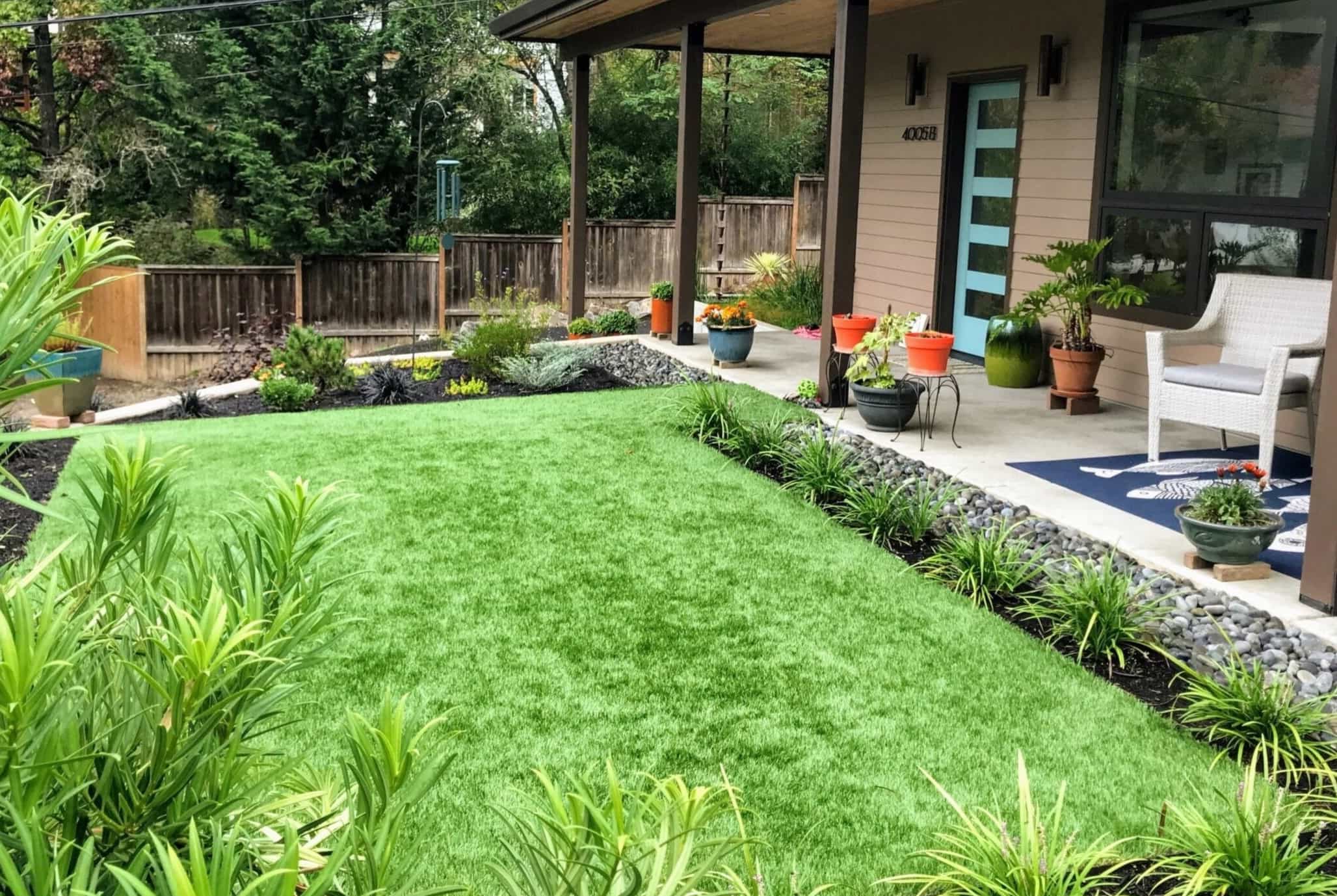
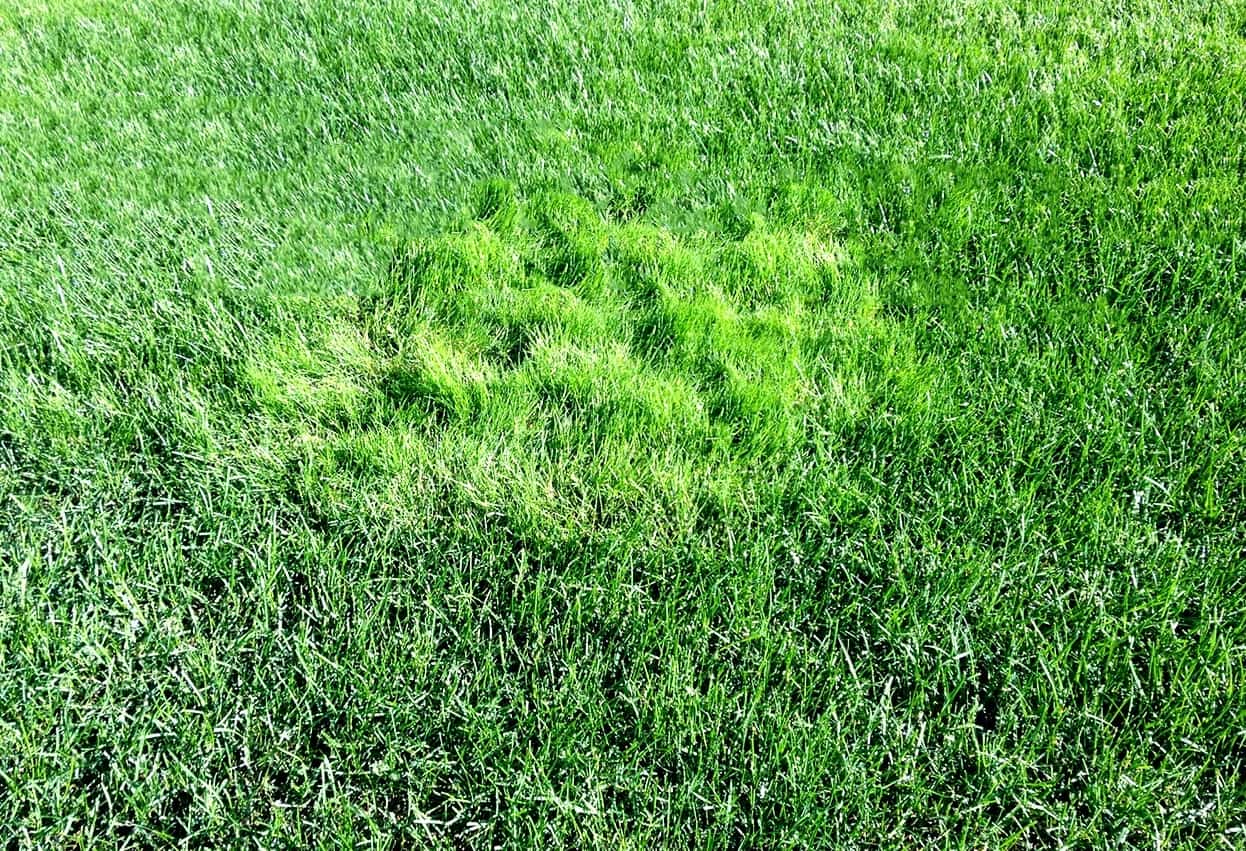
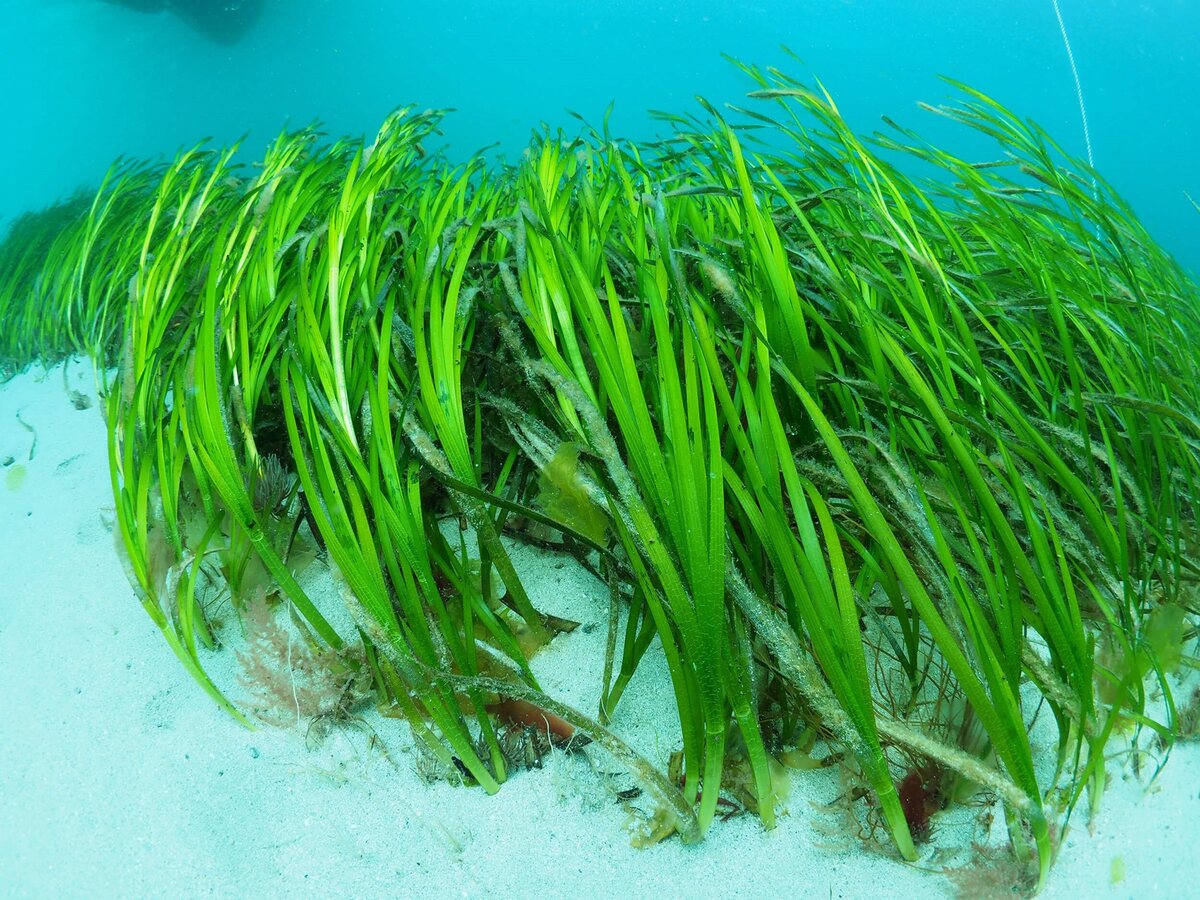
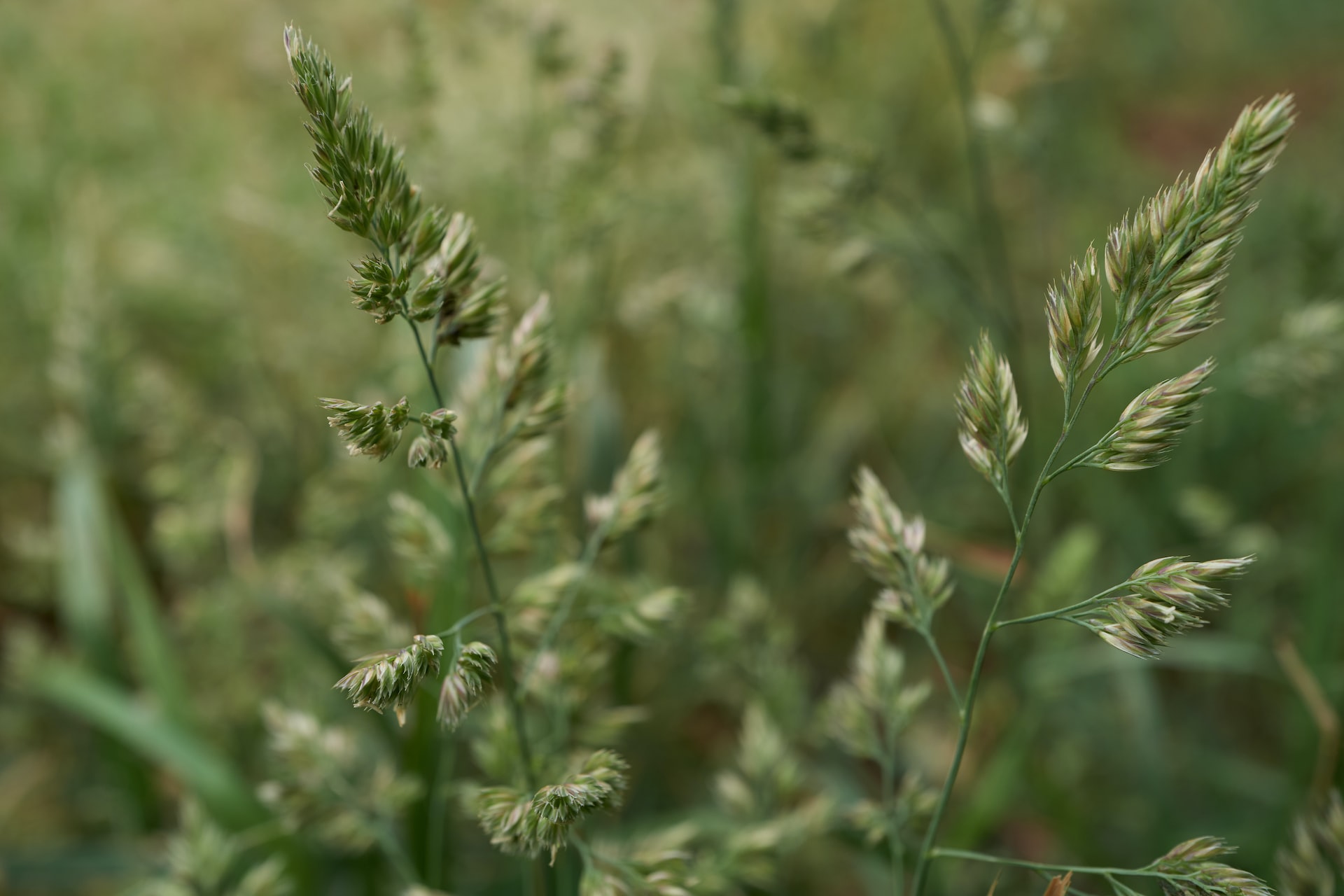

0 thoughts on “What Does Goose Grass Look Like”